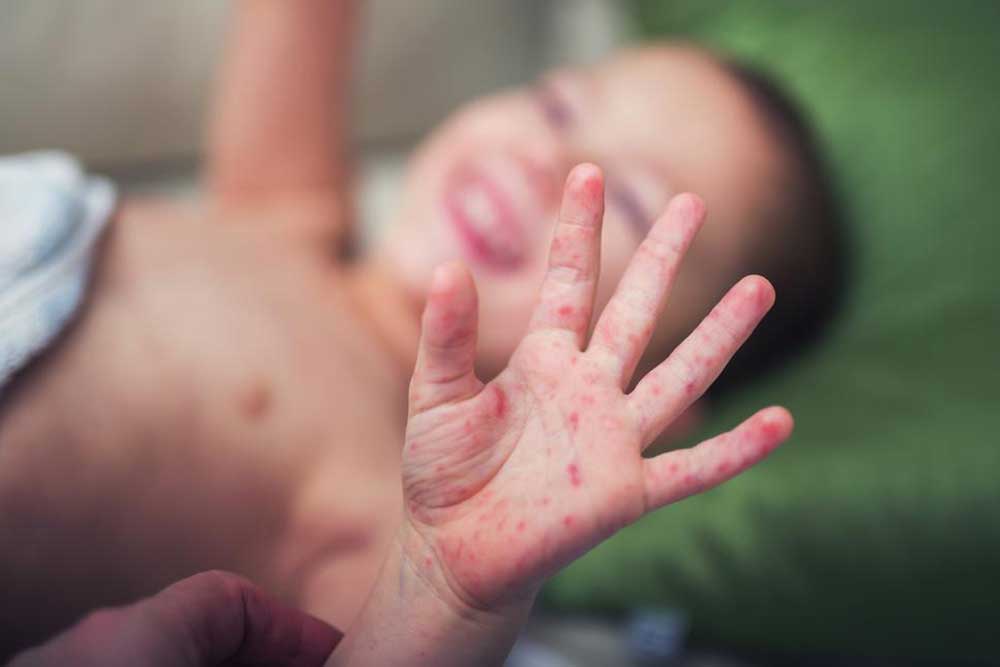Comprehensive Guide to Vaccination and Its Role in Protecting Children Against Rotavirus Infections
This comprehensive article explains the critical role of vaccination in preventing rotavirus infections among children. It covers how the virus spreads, the effectiveness of vaccines like RotaTeq® and Rotarix®, vaccination schedules, potential side effects, and additional preventive measures such as hygiene practices. Emphasizing the importance of immunization, the article advocates for combined efforts to reduce childhood morbidity and mortality caused by rotavirus, making it an essential resource for parents and healthcare providers. Vaccination is a safe, proven tool in safeguarding children's health worldwide.

Understanding How Vaccines Safeguard Children from Rotavirus
Rotavirus remains a leading cause of severe diarrhea and dehydration among infants and young children worldwide. Despite advances in medical care, rotavirus infections continue to pose significant health risks, particularly in regions with limited access to healthcare resources. This article delves into the vital role that vaccination plays in preventing rotavirus infections in children, highlighting the importance of immunization, how vaccines work, their schedule, efficacy, potential side effects, and additional preventive measures.
What Is Rotavirus and Why Is It a Concern?
Rotavirus is a highly contagious virus that infects the gastrointestinal tract, leading to symptoms such as severe diarrhea, vomiting, fever, and dehydration. It primarily affects infants and young children, often resulting in hospitalizations due to dehydration if untreated. Globally, rotavirus is responsible for thousands of childhood deaths each year, especially in developing countries where access to clean water and healthcare can be limited. Understanding its transmission is critical in appreciating the role of vaccination.
Transmission and Spread of Rotavirus
The virus spreads swiftly through the fecal-oral route, meaning contaminated hands, surfaces, objects, and even food or water can facilitate infection. Poor sanitation and hygiene practices exacerbate its spread. Rotavirus can survive on surfaces for hours, making infection control challenging. Outbreaks are common in crowded settings like daycares and hospitals. Therefore, prevention strategies are comprehensive, incorporating vaccination, hygiene, and environmental sanitation.
The Significance of Vaccination in Rotavirus Prevention
Vaccination stands out as a highly effective and safe strategy to combat rotavirus infections. It significantly reduces the incidence of severe diarrhea, hospitalization rates, and mortality among young children. Two main vaccines are utilized worldwide: RotaTeq® and Rotarix®. These vaccines are designed to stimulate the immune system to recognize and fight rotavirus, thereby preventing or mitigating the severity of infection.
Vaccine Schedules and Administration
The vaccination schedule is crucial for optimal protection. RotaTeq® typically requires three doses administered at intervals starting from 6 to 32 weeks of age, with doses given at 2, 4, and 6 months. Rotarix® is usually administered in two doses from 6 weeks of age, spaced at least four weeks apart. It’s essential for parents and caregivers to adhere to the timing guidelines to ensure maximum efficacy. The vaccines are administered orally, making them easy to give without injections.
Effectiveness and Benefits of Rotavirus Vaccines
Extensive studies demonstrate that these vaccines are highly effective in preventing severe rotavirus gastroenteritis. They have contributed to a dramatic decline in hospitalizations and deaths due to rotavirus worldwide. Vaccinated children are less likely to experience severe dehydration, reducing the burden on healthcare systems and families. Additionally, widespread immunization contributes to herd immunity, protecting unvaccinated population segments.
Potential Side Effects and Safety Profile
Like all vaccines, rotavirus vaccines may cause minor side effects, including mild fever, fussiness, diarrhea, or vomiting. These symptoms are generally temporary and resolve without medical intervention. Rarely, more serious adverse events such as intussusception—a bowel blockage—can occur. However, the benefits of vaccination far outweigh the risks, and the incidence of such complications is very low. Healthcare providers monitor vaccine safety continually, ensuring the highest safety standards.
Additional Measures to Prevent Rotavirus Infection
While vaccination provides strong protection, good hygiene practices are essential for comprehensive prevention. Regular handwashing with soap, especially after diaper changes and before meals, can significantly reduce the spread. Disinfecting surfaces, avoiding contaminated water and food, and maintaining sanitation standards are vital. These combined efforts create a safer environment for children and reduce the overall disease burden.
Conclusion: Protecting Children Through Immunization
Vaccination has revolutionized the fight against rotavirus, offering children a safe and effective means of protection from potentially life-threatening diarrhea and dehydration. Parents, caregivers, and healthcare providers must work together to ensure timely vaccination schedules are followed, alongside practicing good hygiene and sanitation. With continued efforts and public health campaigns, the global goal is to eliminate rotavirus-related illnesses and save countless young lives each year.




